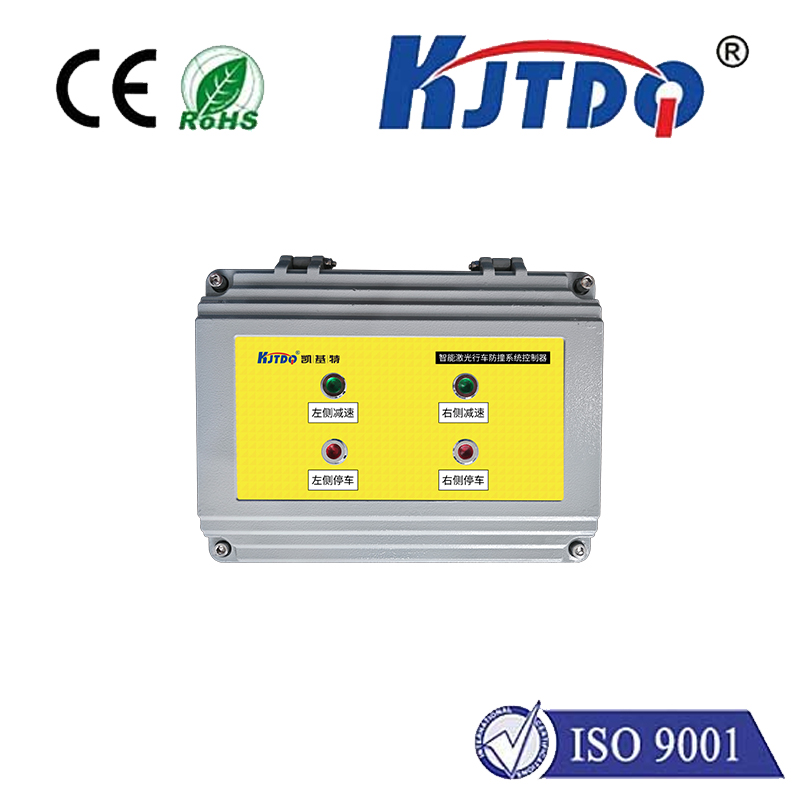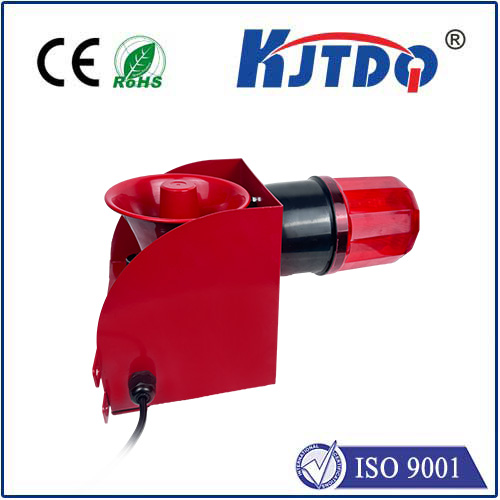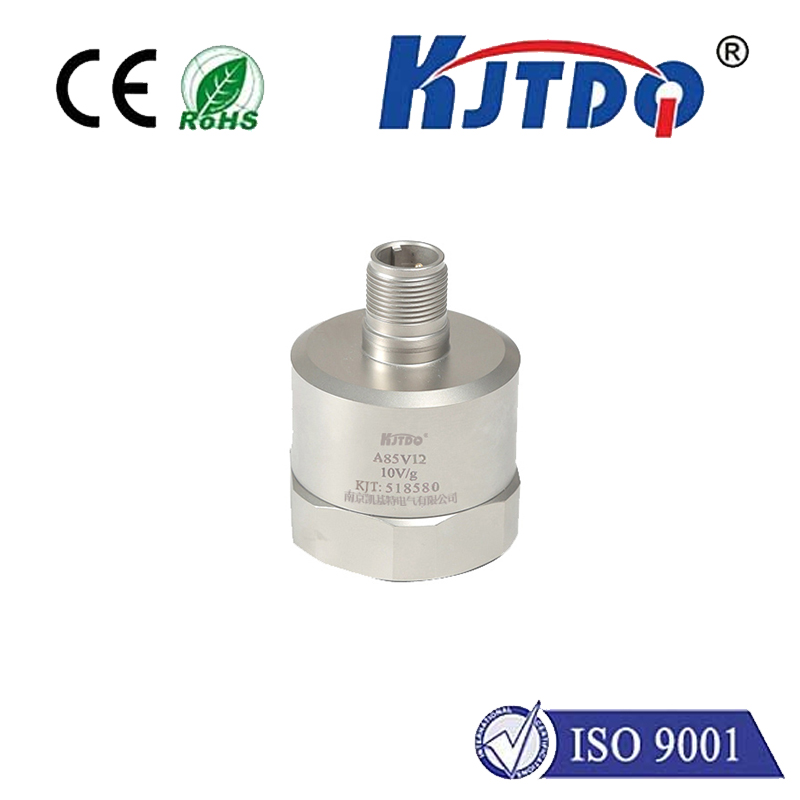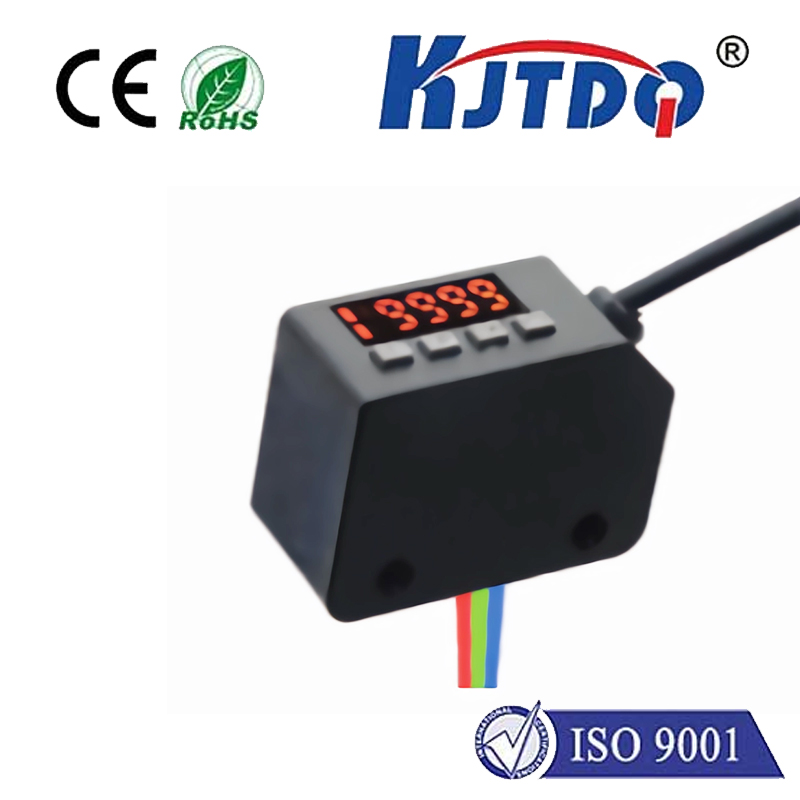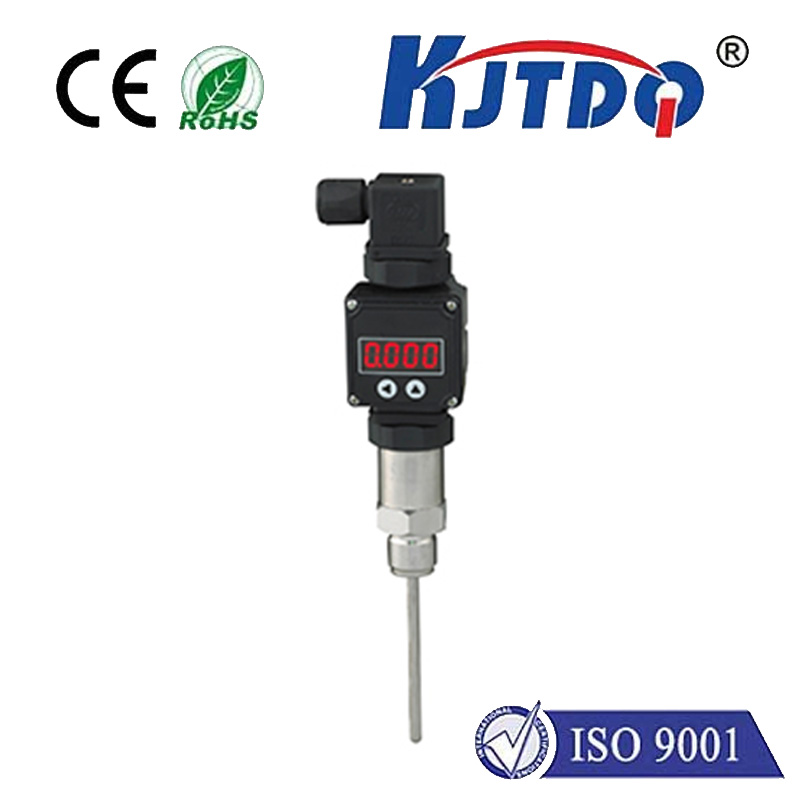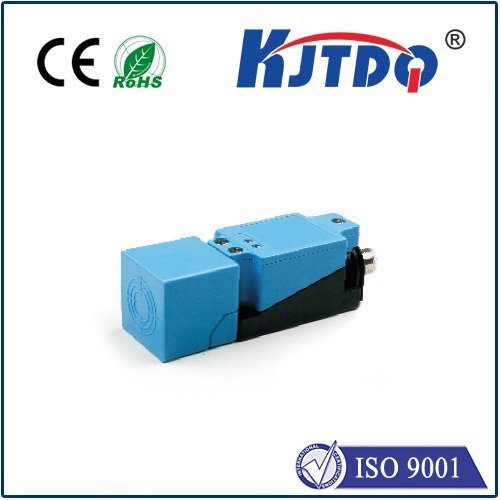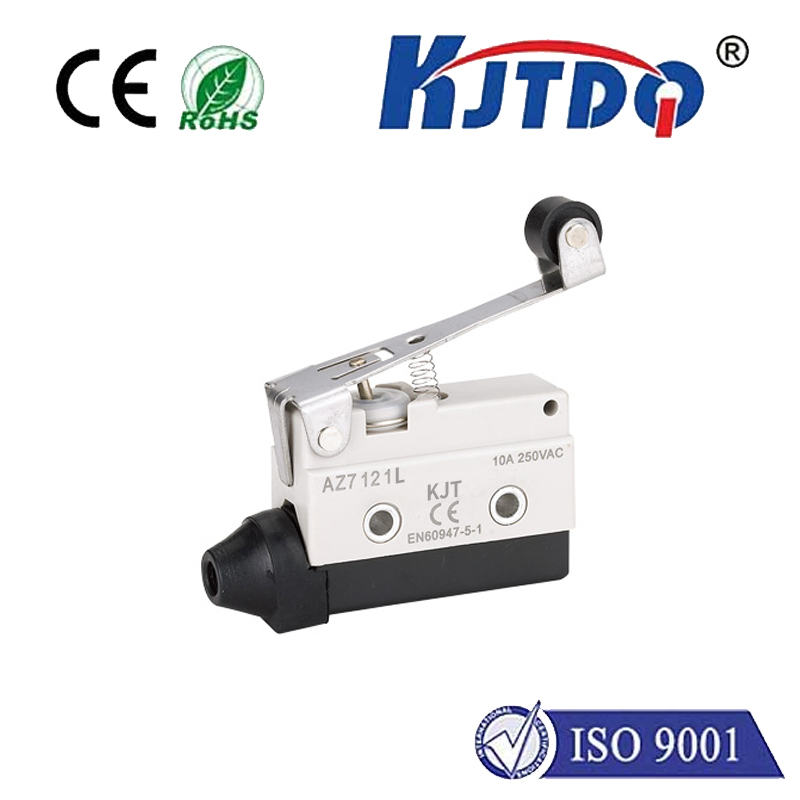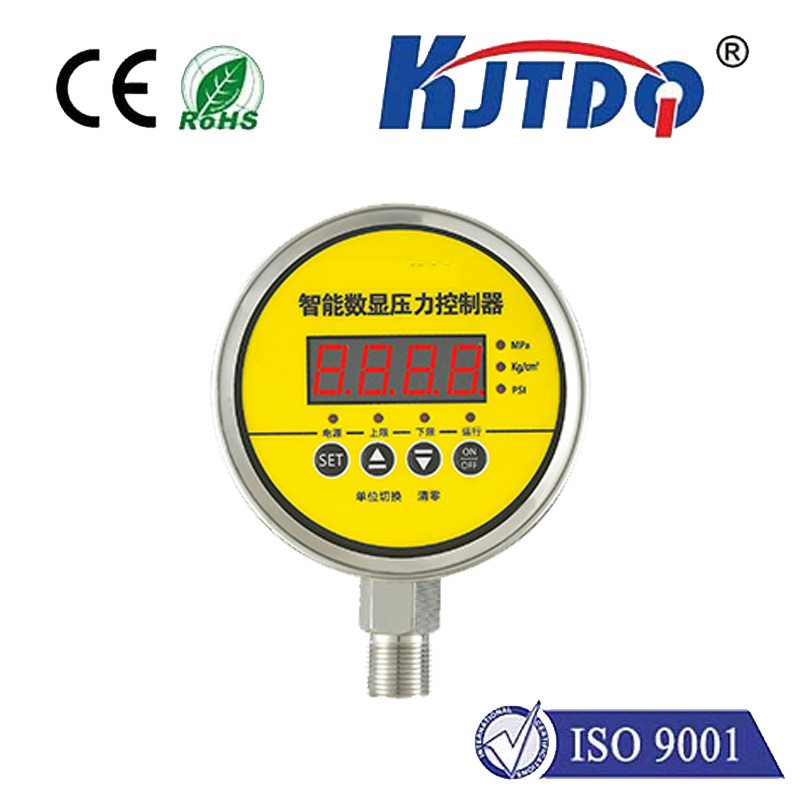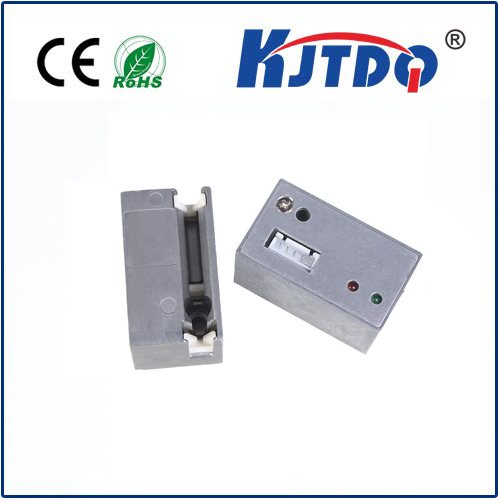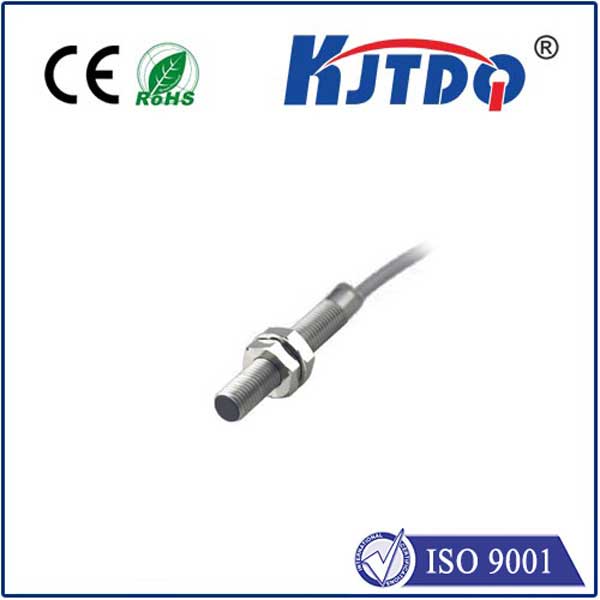
check

check

check

check
Title: The Mini Proximity Sensor: A Game Changer in Modern Technology In the rapidly evolving landscape of electronics and smart devices, the mini proximity sensor has emerged as a significant innovation. This small yet powerful device has found its applications across various sectors due to its ability to detect the presence or absence of objects without any physical contact.
A mini proximity sensor is an electronic device that detects objects within a certain distance using electromagnetic fields, infrared, or ultrasonic waves. Unlike traditional contact-based sensors, proximity sensors operate without touching the target object, making them ideal for applications requiring non-invasive detection.
Automotive Industry: In vehicles, these sensors are used for detecting obstacles, ensuring safe parking, and even for advanced driver-assistance systems (ADAS) like adaptive cruise control.
Consumer Electronics: Smartphones and tablets use mini proximity sensors to turn off displays when they are close to the user’s ear during calls, thereby preventing accidental touch inputs.

Industrial Automation: These sensors play a critical role in monitoring and controlling machinery, ensuring safety protocols are followed, and enhancing efficiency in manufacturing processes.
Smart Home Devices: From lighting systems that automatically adjust based on presence to security systems that detect unauthorized entry, proximity sensors add a layer of convenience and security.
Compact Size: Their small form factor allows them to be integrated into compact devices without adding bulk.
High Sensitivity: They can accurately detect objects at a considerable distance, making them highly reliable.
Non-Contact Detection: By avoiding direct contact, these sensors reduce wear and tear, increasing their lifespan.
Versatility: They can work under different environmental conditions, including dust, moisture, and extreme temperatures.
As technology continues to advance, we can expect mini proximity sensors to become even more sophisticated and widely adopted. Integration with AI and machine learning could enhance their capabilities, enabling them to differentiate between types of objects and even predict potential hazards.
The mini proximity sensor is not just a component but a game-changer in modern technology. Its ability to provide precise, contactless detection makes it indispensable in today’s fast-paced world where smarter and more intuitive devices are constantly in demand. As industries continue to innovate, the potential applications for this tiny yet powerful sensor are virtually limitless.
